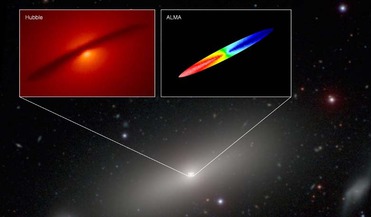 06 May 2016
Accurate mass of supermassive black hole calculated by astronomers using ALMA
06 May 2016
Accurate mass of supermassive black hole calculated by astronomers using ALMA
... Milky Way galaxy 28 thousand light years away, while the most distant one known can be found in a quasar galaxy billions of light years away. To determine the actual mass of a supermassive black hole, researchers measure the...
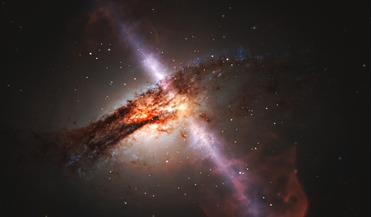 23 January 2017
New results from HST show relativistic jets on scales rarely seen before
23 January 2017
New results from HST show relativistic jets on scales rarely seen before
... speeds (6−7c) have been observed in the optical kpc-scale jet, our first proper-motion study of a powerful quasar jet reveals no significant proper motions.” Superluminal refers to the apparently faster-than-light motion seen in some...
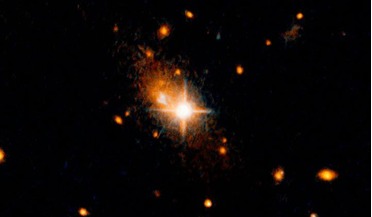 24 March 2017
Gravitational waves expel black hole from galaxy centre
24 March 2017
Gravitational waves expel black hole from galaxy centre
... in space-time. By using the NASA/ESA Hubble Space Telescope, an international team of astronomers have found that a quasar, the tell-tall sign of a supermassive black hole, is approximately 35, 000 light-years from the centre of its...
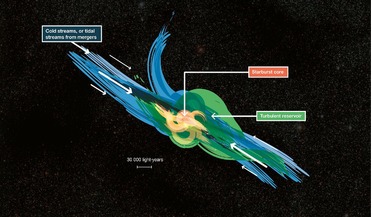 30 August 2017
Star formation history of the Universe revealed
30 August 2017
Star formation history of the Universe revealed
... team, may also be the same stuff that makes up the giant glowing halos seen around distant quasars. However, further observations are needed to ascertain whether this is the case or not. Nonetheless, as far as CH+ in star formation...
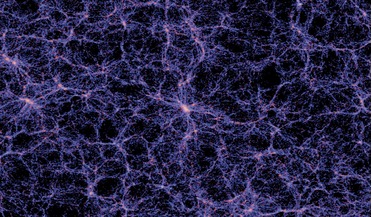 11 October 2017
Have astronomers found the missing mass in the Universe?
11 October 2017
Have astronomers found the missing mass in the Universe?
... low temperature (around 105 − 107K) and is of low density, previous attempts to observe it via X-ray emission or absorption in quasar spectra have proven difficult. Now, by looking at these warm-hot baryons through a phenomena known as the thermal...
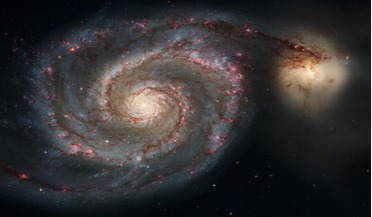 04 January 2019
Merger with the LMC spells doom for our Solar System
04 January 2019
Merger with the LMC spells doom for our Solar System
... our galaxy's dormant black hole thus turning the Milky Way into an 'active galactic nucleus' (AGN) or quasar. "This phenomenon will generate powerful jets of high energy radiation emanating from just outside the black...